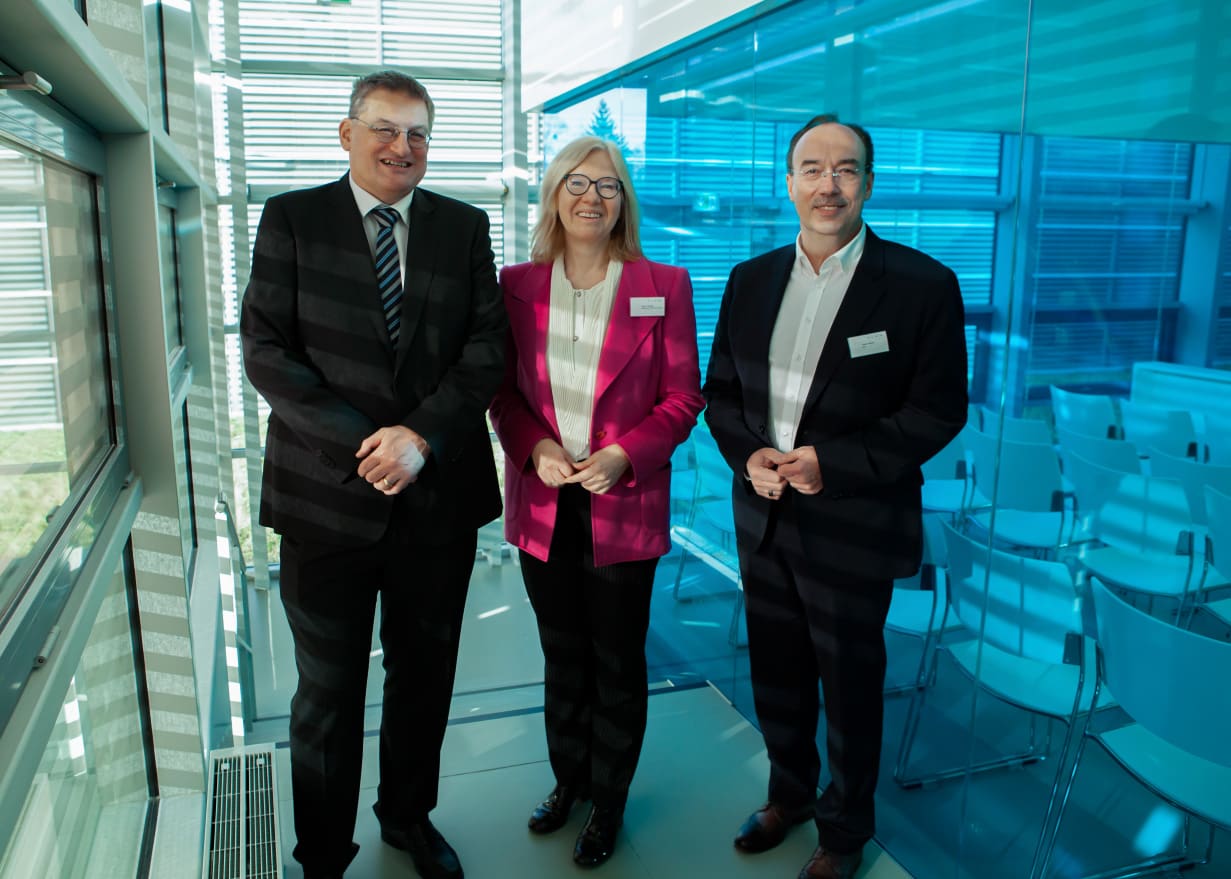The University of Stuttgart has announced an agreement with Hewlett Packard Enterprise (HPE) for the construction of two new supercomputers at the High-Performance Computing Center of the University of Stuttgart (HLRS). This ambitious project unfolds in two stages: the launch in 2025 of a transitional supercomputer called Hunter, and subsequently, the installation in 2027 of Herder, an exascale system that will mark a milestone in the expansion of German high-performance computing (HPC) capabilities. These systems will provide researchers with a world-class infrastructure for simulations, artificial intelligence (AI), and high-performance data analysis (HPDA), driving cutting-edge academic and industrial research in computational engineering and applied sciences.
The total combined investment for Hunter and Herder amounts to 115 million euros, financed through the Gauss Centre for Supercomputing (GCS), the alliance of the three national supercomputing centers in Germany. Half of these funds will be provided by the Federal Ministry of Education and Research of Germany (BMBF), and the other half by the Ministry of Science, Research, and the Arts of the State of Baden-Württemberg.
Hunter and Herder: Two Steps Towards Exascale
Hunter will replace the current flagship supercomputer at HLRS, Hawk, and is conceived as a stepping stone for the HLRS user community to transition to the massively parallel and GPU-accelerated structure of Herder. Hunter will be based on the HPE Cray EX4000 supercomputer, designed to provide exascale performance and support large-scale workloads in modeling, simulation, AI, and HPDA. Each of the 136 nodes of the HPE Cray EX4000 will be equipped with four high-performance HPE Slingshot interconnects. Additionally, Hunter will use the next generation of Cray ClusterStor, a storage system specifically designed to meet the demanding input/output requirements of supercomputers, and the HPE Cray programming environment.
Hunter will elevate HLRS’s maximum performance to 39 petaFLOPS, an increase from the current 26 petaFLOPS of Hawk, and will transition to a greater use of more energy-efficient GPUs.
Herder, designed as an exascale system, will be capable of reaching speeds on the order of a quintillion (10^18) FLOPS, a significant power leap that will open exciting new opportunities for key applications at HLRS. The final configuration, based on accelerator chips, will be determined by the end of 2025.
Scientific Excellence in Stuttgart, Germany, and Beyond
HLRS’s transition to exascale is part of the national strategy of the Gauss Centre for Supercomputing for the continuous development of its three centers. The Hunter and Herder supercomputers at HLRS will focus on computational engineering and industrial applications, ensuring that GCS provides optimized resources of the highest performance class for the entire spectrum of cutting-edge computational research in Germany.
For researchers in Stuttgart, Hunter and Herder will open many new opportunities for research in a wide range of applications in engineering and applied sciences. For example, they will enable the design of more fuel-efficient vehicles, more productive wind turbines, and new materials for electronics and other applications. New AI capabilities will open innovative opportunities for manufacturing and offer novel approaches to make large-scale simulations faster and more energy-efficient. The systems will also support research to address global challenges such as climate change and could provide data analysis resources to help public administration prepare for and manage crisis situations. Additionally, Hunter and Herder will be state-of-the-art computing resources for the high-tech engineering community in Baden-Württemberg, including the small and medium-sized companies that form the backbone of the regional economy.

